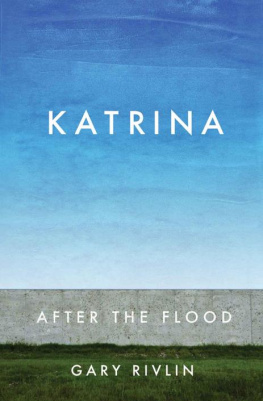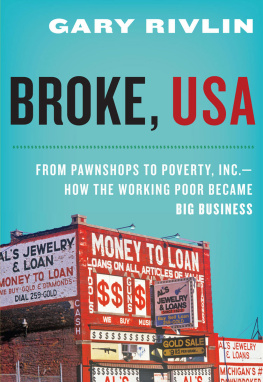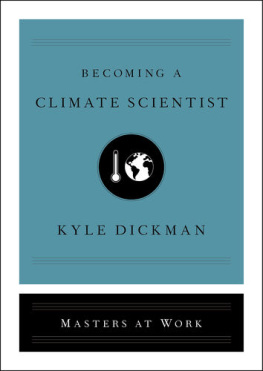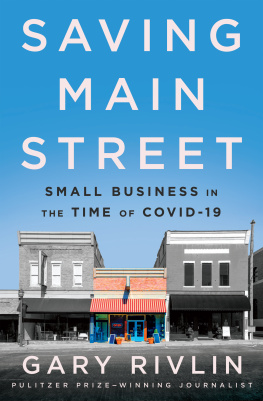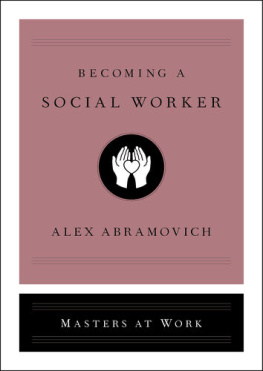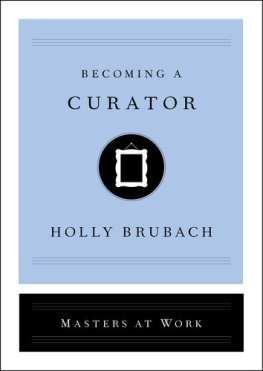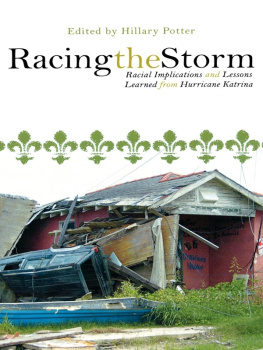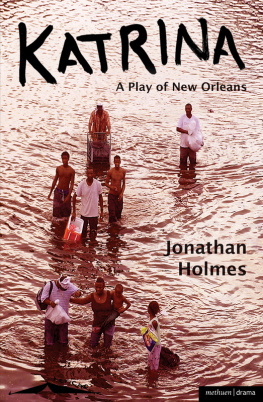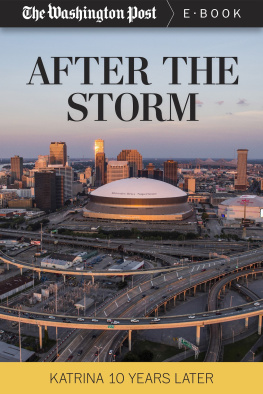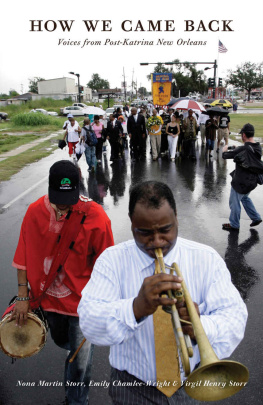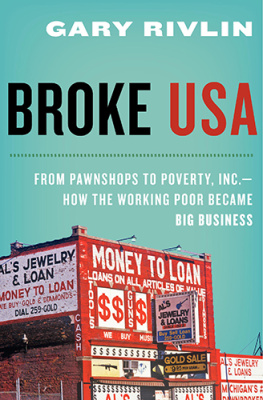Table of Contents
Katrina: After the Flood Gary RivlinSimon Schuster (2015)
Thank you for downloading this Simon & Schuster eBook.
Sign up for our newsletter and receive special offers, access to bonus content, and info on the latest new releases and other great eBooks from Simon & Schuster. CLICK HERE TO SIGN UP or visit us online to sign up at
eBookNews.SimonandSchuster.com

For Daisy
CONTENTS
They say that in New Orleans is to be found a mixture of all the nations.... But in the midst of this confusion what race dominates and gives direction to all the rest?
Alexis de Tocqueville,
1832


AUTHORS NOTE
Water still covered much of New Orleans the first time I saw the city after Hurricane Katrina. Armed soldiers were stopping cars at roadblocks set up on the perimeter of the metro area. I had hitched a ride with a Republican state senator anxious to get to her flooded home and her then husband. My press credentials got us through one checkpoint; her legislative ID convinced the National Guard to allow us to pass through another. The highway was empty when, once inside the city limits, we hit an elevated stretch of road offering a panoramic view. This was the flooded city the world was seeing on television, but even there on the highway it still seemed unreal, like a special effect ordered up by Steven Spielberg. Eighty percent of the city lay underwatermore than 110,000 homes and another 20,000 businesses.
A week earlier, I had been sitting in the San Francisco bureau of the New York Times writing about Google, Facebook, and Silicon Valleys next crop of underage billionaires. My New Orleans was the New Orleans of tourists: Bourbon Street, Mardi Gras, the Jazz & Heritage Festival, po boys. I had no connection to anyone living there. But an all-hands mentality prevailed at the Times given a disaster that displaced more than one million people.
My editor asked if I could help out, and a few days later I was picking up car keys at a rental counter at the Baton Rouge Metropolitan Airport, around an hour north and west of New Orleans. My new office was whatever patch of free space I could find at a place my colleagues had already dubbed the plantationa white-columned, antebellum house in Baton Rouge normally rented out for parties that the Times had transformed into a makeshift newsroom and barracks. Wed take turns in New Orleans, sleeping in a trio of rooms the paper had booked at the Sheraton there, which, as one of the few functioning hotels in the center of town, also served as the citys main meeting place.
Most everyone around me was looking backward in those earliest weeks after Katrina. Teams of scientists were exploring how and why the levees around New Orleans had failed on the morning of Monday, August 29, 2005, when Katrina struck the Louisiana coast. Medical examiners around the region still had no idea what the final death count might be. There were reports of euthanized patients inside a New Orleans hospital. Three dozen elderly patients had supposedly been left to die at a nursing home. Reporters were assigned to each of those topics, but most were focused on the botched rescue, which had played out live on television. Thousands waited helplessly on elevated sections of the interstate, hungry and thirsty and looking skyward for the help that was not coming. It took the government four days to send the buses needed to rescue the twenty-five thousand people stranded inside the Superdome. Another twenty-four hours passed before buses were dispatched to pick up people at the Ernest N. Morial Convention Center, where another twenty thousand had taken refuge. The most powerful nation on earth had failed its citizens so miserably. Blame needed to be assigned.
Yet even before getting on that plane to Baton Rouge, my instincts had me looking forward to the mess ahead. Eventually, the floodwaters would recede. How would New Orleans go about the complicated task of rebuilding? The majority of the citys police and fire stations had flooded. So, too, had most of the citys schools. Flooding had destroyed the citys electrical system and disabled its sewer and water systems. Even the weight of all that water on the streets proved catastrophic, cracking gas lines and underground pipes and, in some cases, the roadways themselves. Most of the citys buses had been destroyed along with dozens of its streetcars. Meanwhile, powerful voices in Washington were saying the city shouldnt be rebuiltthat a low-lying delta was no place for a city (except if there wasnt a New Orleans at the mouth of the Mississippi to serve as a port of entry to the thirty-one states and two Canadian provinces that are part of the Mississippi River Valley, theyd have to build a city there given its geographic significance).
The storm meant New Orleans would be without most of its revenues. All those shuttered businesses represented millions in lost sales tax revenues each month. Collecting property taxes, the citys second-largest source of revenue, seemed unrealistic in a city 80 percent underwater. Five weeks after the storm, the city laid off nearly half its workforce, including most of its Planning Department. New Orleans had long been one of the countrys poorest and most violent cities. The Orleans Parish schools had been through eight superintendents in seven years, and off and on the New Orleans Police Department (NOPD) had been among the countrys most notorious. And racial tensions were never far from the surface in New Orleans. Our celebratory culture and accepting nature conceals a city with a troubled soul, Silas Lee, a well-liked black commentator, had written two years before Katrina. For two decades, Lee, a pollster with a PhD in urban policy, had been studying the socioeconomic makeup of the city. During that time, the portion of black New Orleanians earning a high school or college degree had dramatically increased, yet the income gap between black and white had widened. Behind the mask, Lee wrote, resides a divided city.
My temporary posting became more permanent when, around one month after Katrina, I was assigned to the storm team assembled to handle the papers coverage of Katrina. My center of gravity shifted from the plantation to the Sheraton in New Orleans, where my neighbors included the president of the City Council and other elected officials who had lost their homes in Katrina. New Orleans then felt more small town than big cityhome to maybe twenty thousand people where it wasnt uncommon to run into the mayor several times a week.
Any journalism endeavor has an element of luck. I wasnt in Baton Rouge twelve hours when I sat across the desk from Louisiana lieutenant governor Mitch Landrieu, who would play a central role in the story I tell here. That night, I racked up a bar bill of nearly $200 at a restaurant popular among political insiders, collecting names and cell phone numbersthe only digits that would count for months in a city of shuttered businesses and flooded homes. Thats how I was able to reach the personal friend of George W. Bush who served as Karl Roves eyes and ears in New Orleans and also Alden McDonald, a savvy, well-connected black banker whom the mayor would invite to shape the rebuilding plan as a member of the Bring New Orleans Back Commission.
Bring a map of New Orleans was McDonalds only precondition when he agreed to meet with me eleven days after Katrina. The talk then was of an equal-opportunity storm that had hit black and white alike, but he was having none of it. Sitting in the makeshift office his people had set up for him in the back of a bank branch in Baton Rouge, he drew a line down the middle of the map. He pointed to the western half of New Orleans. Thats the New Orleans you know, he said: the French Quarter, the Superdome, the Warehouse District, the Garden District, St. Charles Avenue. Then he pointed to the eastern half of the map. Thats where he lived, McDonald said, and also most of his customers. Where you saw water up to the rooftops? he said. Thats where most of the citys black people lived.
Next page
